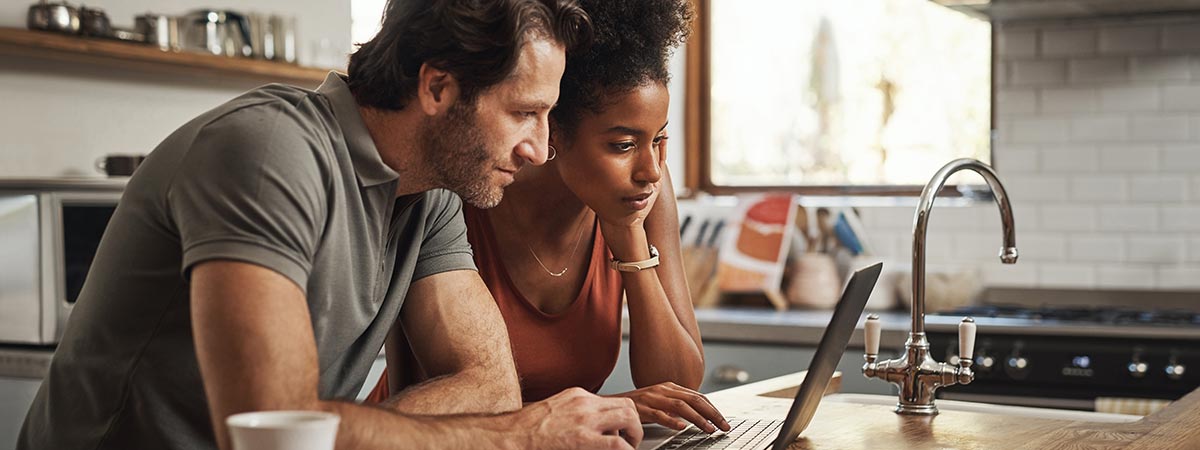A self-invested personal pension (SIPP) is a type of pension that can help you build up a pot of money for your retirement. Research from our Get Britain Pension Ready campaign found that 61% of those surveyed did not feel knowledgeable about this pension product. So, we’ve put together some information to help.
SIPPs provide greater control over pension investments. They allow you to manage your investments yourself (or with the help of a financial adviser). In this guide, we’ll explore the details of SIPPs, their benefits, and how they differ from other pension options.
What are the key features of SIPPs?
- 1. Individual control and flexibility:
- Unlike traditional workplace pensions, where you may be limited on where you can invest your money, SIPPs put you in control. You have the freedom to choose your investments, whether it’s stocks, bonds, funds, or even commercial property.
- SIPPs allow you to spread your investments over a wider variety of options. This means you can distribute your savings across a range of investments to help balance the risk.
- 2. Tax efficiency:
- One of the advantages of SIPPs is tax relief. When you contribute to your SIPP, the government adds tax relief to your contributions. The amount of relief depends on your income tax rate (20%, 40%, or 45%). Bear in mind that the rates for tax relief will be slightly different for Scottish residents.
- For example, if you’re a basic-rate taxpayer and contribute £1,000 to your SIPP, the government will add an extra £200 (assuming 20% tax relief). If you pay a higher rate you can also claim extra tax relief during the self-assessment process. This is a further 20% for higher-rate taxpayers and 25% for additional-rate taxpayers.
- 3. Accessing your SIPP:
- You can access the money in your SIPP from the age of 55 (rising to 57 from 2028). From this point, you have a few options:
- Keep your savings where they are: Leave them invested and take them later. This will give them more time to grow.
- Take a tax-free lump sum: You can usually withdraw up to 25% of your SIPP as a tax-free lump sum. This is limited to the individual Lump Sum Allowance, usually £268,275. The rest is taxable.
- Take the whole fund in one go. Usually 25% will be tax free, the rest is taxable.
- Gradual withdrawals: Spread out your withdrawals over time. Also known as pension drawdown.
- Buy a pension annuity: Use your SIPP to buy an annuity. This provides a regular income during retirement.
- 4. Investment risks:
- While SIPPs can offer greater investment flexibility, they also come with risks. The value of your investments can go up or down, depending on market conditions.
- You may want to consider spreading your investments over a range of options to help balance the risk. It’s best to seek professional advice if you’re unsure about your choices.
- Investments into commercial property may take longer to sell depending on market conditions.
How do SIPPs differ from personal pensions?
- 1. Control and investment options:
- Personal pensions (such as stakeholder pensions) may limit your investment choices.
- SIPPs, on the other hand, give you more control. You can manage your investments, switch funds, and adjust your strategy as often as needed.
- 2. Costs and fees:
- Fees for SIPPs can vary. Lower cost options may have fewer investment choices, whereas ‘full’ SIPPs with wider options may come with higher fees.
- Personal pensions may have lower fees but offer less investment freedom.
- 3. Eligibility:
- Anyone aged under 75 in the UK can open a SIPP, whether you’re employed, self-employed, or not working.
- Personal pensions are often tied to employment.
Can you have a SIPP alongside other pensions?
Yes, you can open and contribute to a SIPP even if you already have other types of pensions. This includes the state pension or a workplace pension. Keep in mind that your pension annual allowance – typically £60,000 – applies across all of your pensions. If you exceed this annual allowance, you may have to pay a tax charge.
Having both a private pension (like a SIPP) and a workplace pension allows you to vary your retirement savings. You can take advantage of the benefits offered by each type of pension.
SIPPs can be a valuable tool for retirement planning. They can empower you to take charge of your pension investments. You can enjoy tax relief and create a broad investment portfolio. However, it’s important to make informed choices. Speak to a financial adviser when you need advice to ensure you can build a retirement nest egg that aligns with your goals.

